Almost everyone dislikes 'proprietary' chargers
Why can't we simply provide a 4.1 volts input to batteries instead of using 5 volts power supply with an overcharge protection circuit?
You're talking about putting the battery charge-control circuitry in the wall-wart instead of the phone. That's the same idea, really, as putting the Electric Vehicle charger in the shore-side equipment instead of in the car.
Segue into this video, much of which is worth watching, but it goes to your point directly at 2:20.
Because nobody liked it when phones had proprietary wall-wart chargers, which would be necessary due to ever-changing battery tech (there are many kinds of lithium battery for instance).
So you're at the office and your phone is flat, so you email around "Does anybody have a Nokia 7-series phone? I need to charge". Remember that anyone? That was no fun.
Contemplate power tool batteries in the 2000s
Consumers wanted to buy a full suite of tools in the same battery system, with interchangeable packs. They were very distrustful/resentful of what they perceived as "planned obsolescence".
So manufacturers were locked into a standard built around the dominant 1990s battery, nickel-cadmium (1.2V nominal). The best they could do was nickel-metal-hydride (NiMH) which had the same nominal voltage, and similar enough charge curves that NiMH chargers could charge NiCd batteries without damage (still necessitated replacement of NiCd chargers). They did not have a viable upgrade path to lithium.
Because reaching it would require a customer-enraging reboot of their battery pack form-factors. This was directly caused by the blunder of putting the charge-control circuitry inside the charger -- if it had been inside the battery pack, the problem would be solved.
That's why you don't make that mistake.
Now, USB has settled in as the standard for phone and small device charging, and that is a wonderful thing.
